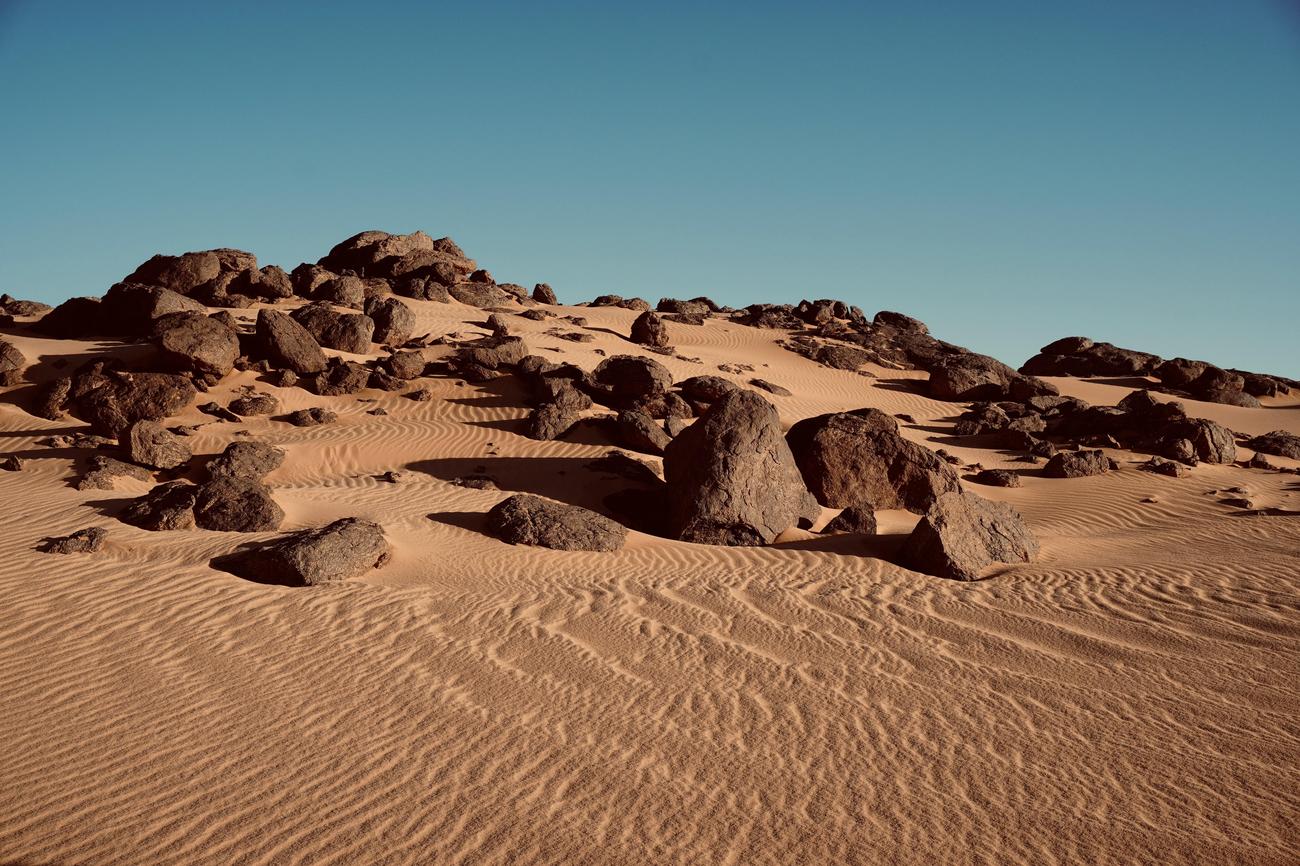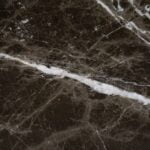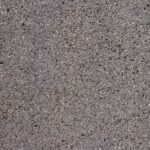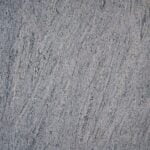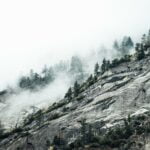Imagine standing at the edge of a vast mountain range, gazing at the towering peaks and valleys that stretch as far as the eye can see. In the midst of this breathtaking landscape, there is one element that captivates the senses like no other – granite. As an experienced geologist and passionate earth sciences enthusiast, I have had the privilege of delving deep into the world of rock formations, and none have captured my attention quite like granite. In this article, we will explore the magnificence of granite, unraveling its secrets and uncovering the captivating beauty that lies within its core.
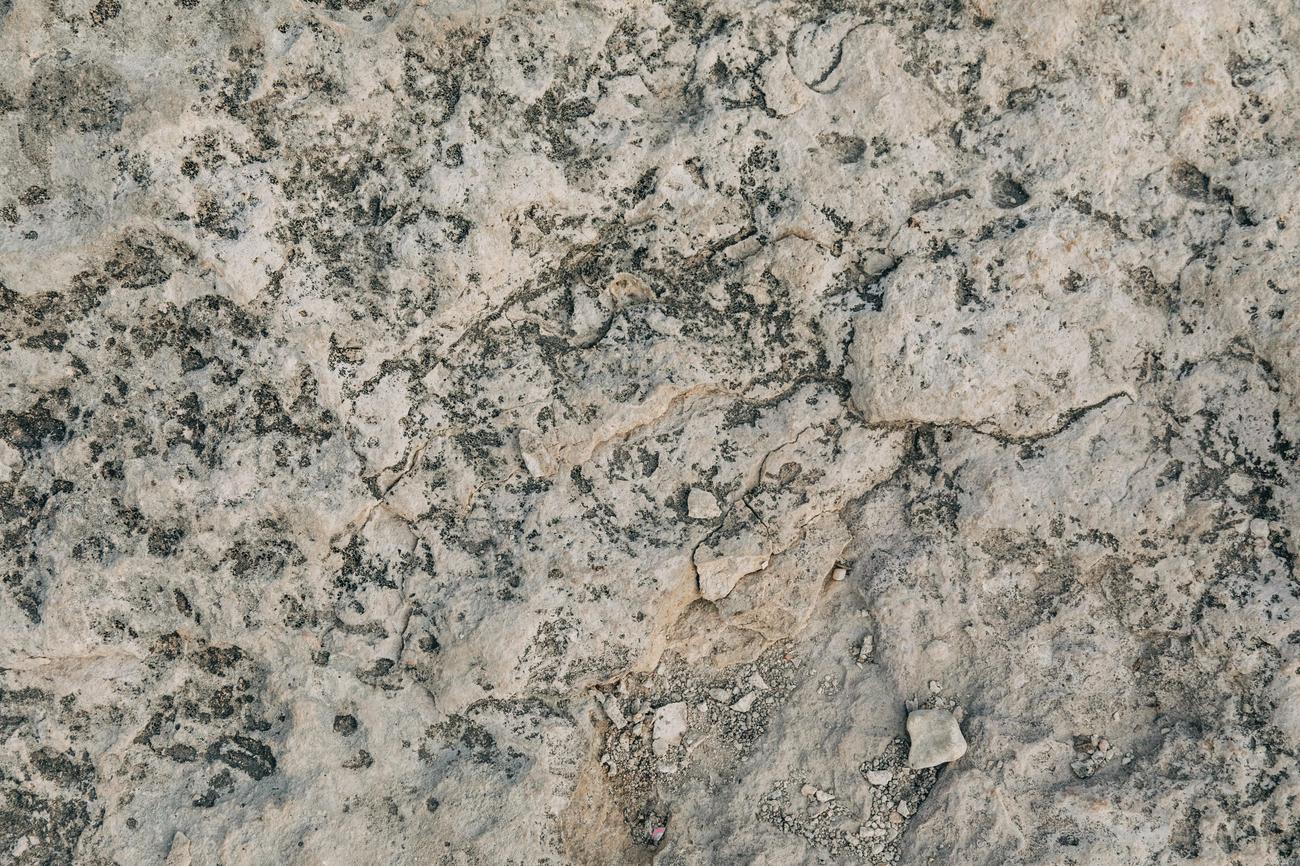
Granite Rock Formation
When it comes to awe-inspiring rock formations, few can match the magnificence of granite. This remarkable igneous rock is formed through the slow cooling of magma, resulting in a unique composition that makes it a true geological wonder. Let’s delve into the captivating process and characteristics of granite rock formations, uncovering the remarkable story behind these majestic structures.
Granite is primarily composed of quartz and feldspar, with traces of mica, amphiboles, and other minerals. These components come together under specific geological conditions, such as high temperatures and intense pressure, deep within the Earth’s crust. As the molten rock, or magma, cools gradually over millions of years, crystals start to form, creating the intricate patterns and textures that define granite.
The formation of granite is a testament to the slow and patient processes of our planet. Working beneath the Earth’s surface, magma cools over time, allowing the crystals within it to grow larger. This slow crystallization process leads to the development of granite, enriching it with its unique structures and remarkable durability.
Granite is commonly found in the continental crust, contributing to the rich tapestry of landscapes all around the world. Its presence can be seen in various forms, from massive batholiths, which are large underground rock formations, to towering tor formations that grace the surface. The colors of granite can range from red and pink to gray or white, and its appearance is often accentuated by the presence of dark mineral grains scattered throughout the rock. These contrasting elements add to the visual allure of granite formations.
“The slow and patient formation of granite unveils a geological masterpiece, one that captivates the senses at every glance.”
The properties and composition of granite add to its grandeur. With a high silica content and density, granite stands as a strong and resilient rock capable of enduring the test of time. These qualities make it a sought-after material in various industries, including construction and art. From iconic buildings to intricate sculptures, granite’s versatility and durability have earned it a place of honor across human endeavors.
There are two primary processes through which granite can form. The first is the fractional crystallization of basaltic magma, where minerals separate and crystalize from the magma as it cools. The second process involves the melting of older continental crust, giving birth to a new generation of granite. These diverse pathways contribute to the rich diversity of granite formations observed around the world.
“Granite, born through the marriage of time and nature’s alchemy, stands as a testament to the beauty and strength of our planet’s geological treasures.”
In conclusion, granite rock formations offer us a glimpse into the mesmerizing forces that shape our world. From their slow and patient formation to their remarkable resilience, granite formations embody the Earth’s captivating beauty. Whether it’s the towering batholiths or the majestic tor formations, each granite structure tells a captivating story that invites us to appreciate and marvel at the wonders of our planet.
Through countless years of research and fieldwork, geologists have unveiled the secrets of granite and brought them to the forefront of our understanding. As we continue to unravel the mysteries of the Earth, let us not forget to cherish and protect these captivating rock formations that are a testament to the intricate processes that shape our planet.
Fun Facts About Granite Rocks are sure to fascinate you! Did you know that granite is an igneous rock formed from the cooling and solidification of magma? Not only is it one of the hardest natural materials, but it also comes in a wide range of colors and patterns. If you’re curious to learn more about this remarkable rock, click here for some interesting insights: Fun Facts About Granite Rocks. Prepare to be amazed by the secrets hidden within these ancient formations!
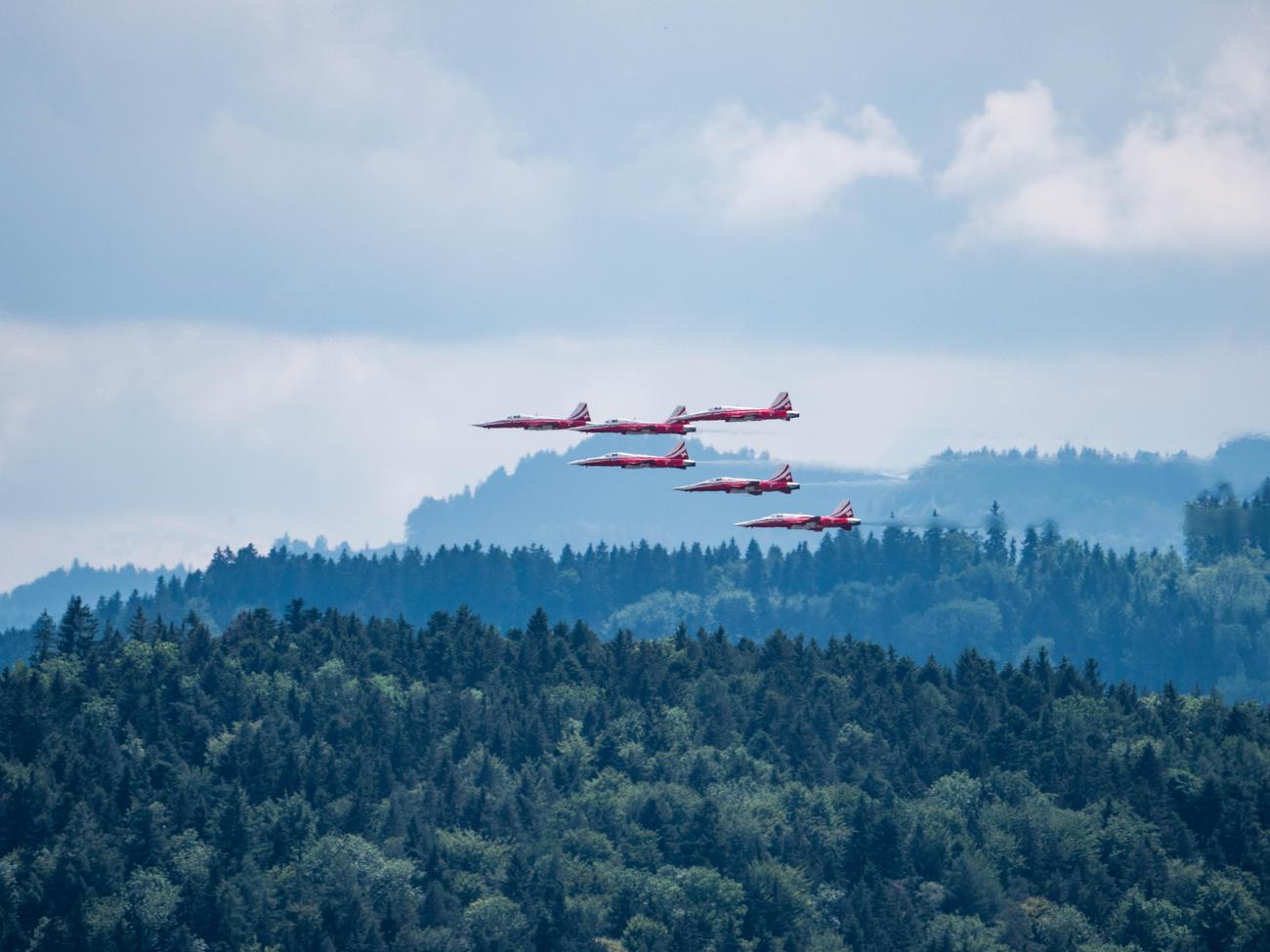
FAQ
Q: How is granite formed as an igneous rock?
A: Granite is formed through the slow cooling of molten rock, known as magma. This process allows for the crystallization of minerals, primarily quartz and feldspar, with minor amounts of mica, amphiboles, and other minerals.
Q: What geological conditions are required for granite formation?
A: Granite formation requires high temperatures and intense pressure. These conditions allow for the slow crystallization of magma below the Earth’s surface, resulting in the formation of granite.
Q: Where is granite commonly found?
A: Granite is predominantly found in the Earth’s continental crust. It is often present in large bodies of rock, known as batholiths, and can also occur in the form of tor formations.
Q: What are some characteristics of granite rock formations?
A: Granite can exhibit different colors, including red, pink, gray, or white. It may also contain dark mineral grains that are visible throughout the rock. Some common properties of granite include its density and high silica content.
Q: What are the uses of granite?
A: Granite is widely used in various industries, particularly in construction and art. Its durability, aesthetic appeal, and ability to withstand weathering make it a popular choice for building materials, countertops, and sculptures.
- Unlock 6000+ words beginning with he: A comprehensive analysis - April 20, 2025
- Mastering -al Words: A Complete Guide - April 20, 2025
- Master Scrabble: High-Scoring BAR Words Now - April 20, 2025
